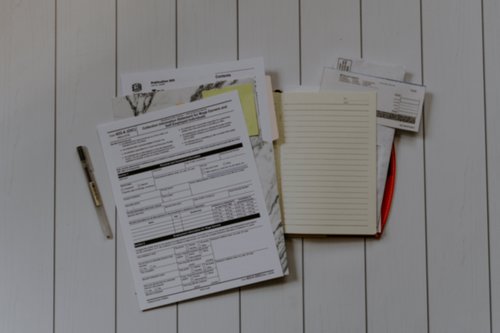THE SITUATION
A personal owner is involved in a partnership holding an asset which has been substantially depreciated and mortgaged, creating a situation where a sale would result in minimal after-tax cash flow. However, contrary to the personal owner’s opinion, the majority of partners decide the time is right to sell the asset without reinvesting in a new one, thereby creating a situation where some of the owner’s equity will be taken out of production and paid to taxes.
BACKGROUND STORY
Not long ago, I was involved with a 400,,000 sf industrial asset which the partnership had decided to market and sell. Given the long-term ownership of the asset there were large tax ramifications for all owners and all had various uses for the capital derived from the sale. However, one personal owner had an additional level of complexity to consider, because he focused exclusively on commercial real estate and collected management revenue from day to day management of the property. Given this, he preferred to complete a 10-31 transaction and roll the property into a new commercial real estate investment instead of losing both the investment and management income.
DEVELOPING THEORY
While ownership and the leadership in that family office were confident that the tax could not be deferred, I contemplated a situation where we could purchase the partnership interests and bring in a new minority partner, thus maintaining the integrity of the partnership, and allowing a 10-31 tax deferred exchange into a property which would expand the portfolio and continue to produce both leasing and management revenue for the owner’s business. After searching case law, both the CPA and legal agreed this would be an acceptable plan as long as certain capital structures were maintained.
EXECUTION
Once the transaction was executed, I surveyed two regional markets and identified two off-market assets to pursue, because they held considerable current and future strategic value. Per our analysis with proper management and minimal investment the assets will provide a 25% increase in value after the costs of improvements and repositioning.
Furthermore, the assets were strategically chosen because of their ability to increase the knowledge base of the ownership’s leasing and property management teams in one of their core geographic areas.
This transaction was a real personal and professional accomplishment, which greatly increased both the short-term and long-term cash flow and balance sheet of ownership by leveraging common sense along with professional expertise.
